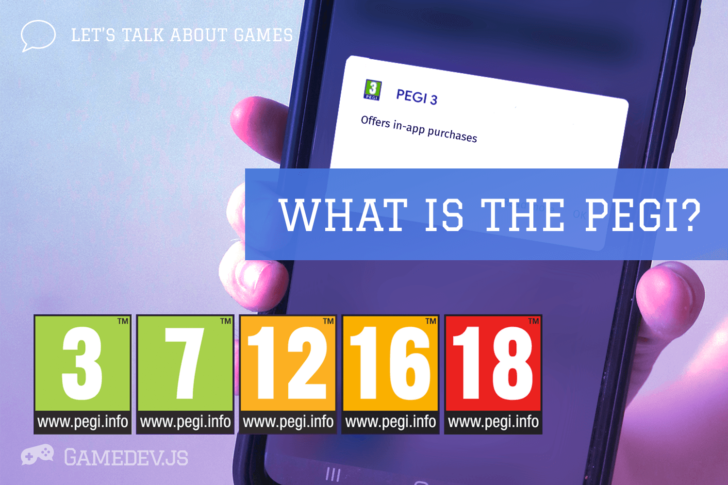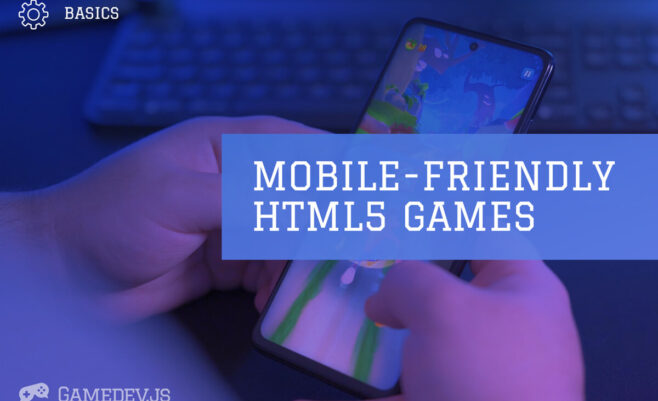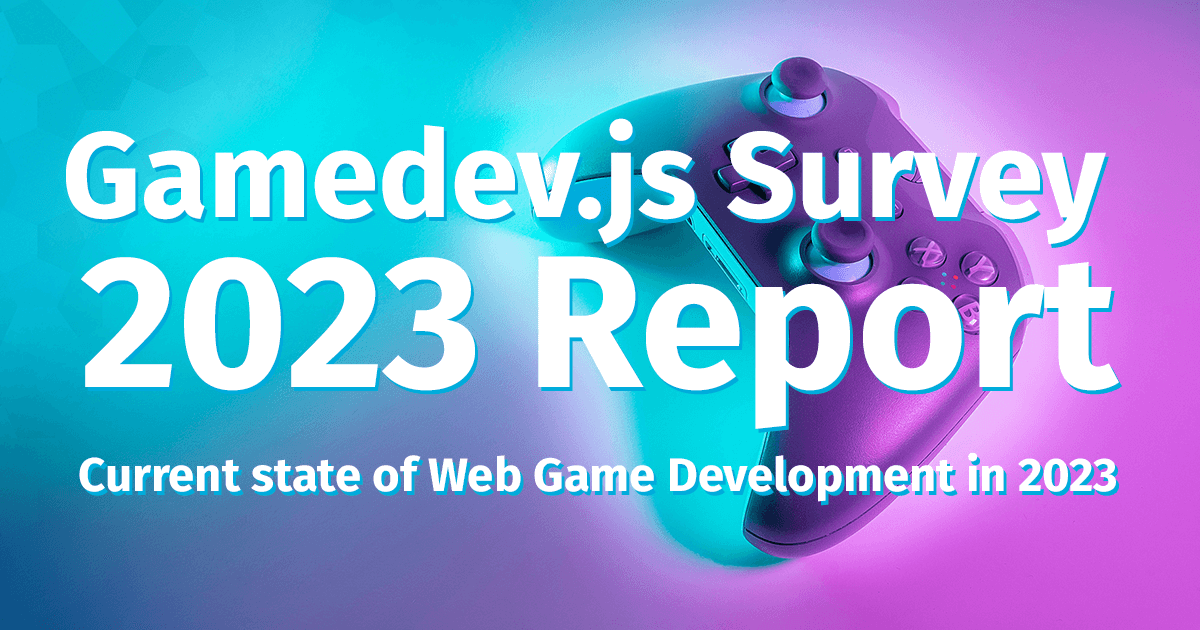
As I am a making games mom it’s not so surprising I’m letting my child play mobile games. And if it’s about games for kids I use my own multi-stage verification process for games that I intend to offer to my child. One of the first criteria on the list is content ranking called PEGI. In today’s post, I will tell you what it is.
What PEGI means?
PEGI stands for Pan European Game Information. It is used to assess the content that is contained in various types of games and assign them to the appropriate age category. There are five categories:
- no age limits (i.e. games for the youngest)
- from the age of 7
- from the age of 12
- from the age of 16
- from the age of 18
Behind the PEGI rating system is the European Federation for Interactive Programming, based in Brussels. PEGI was established in 2003, since then it has been operating in 38 out of 46 European countries and is the main tool for content evaluation. You can find the list of countries here.
We will recognize the PEGI rating by such a characteristic stamp:

If one of them is visible on the packaging of a boxed video game or on a subpage of a digital game, we can learn the following information from it:
What do the different PEGI labels tell us?
CATEGORY WITHOUT AGE LIMITS
According the PEGI classification the content of PEGI 3 games is considered appropriate for all ages. The game should not contain sounds or images that may scare the child. A certain amount of violence (in a comical or childish context) is acceptable. There should be no profanity in it.
CATEGORY FROM 7 YEARS
According the PEGI classification games that contain sounds or scenes that might scare younger children should fall into this category. Very mild forms of violence (non-literal, non-detailed, unrealistic) are acceptable in games rated PEGI 7.
CATEGORY FROM 12 YEARS
According the PEGI classification video games that show violence against a slightly more literal fantasy character and/or violence against human-looking characters are intended for this age group. There may be sexual references or sexual poses, but profanity must be mild for this age category. The games may also include games of chance that are actually played in casinos or gaming establishments (e.g. card games that are actually played for money).
CATEGORY FROM 16 YEARS
According the PEGI classification this mark is given if the violence (or sexual activity) looks like it really is. Category 16 games may contain more blatant profanity, content about gambling, smoking, drinking alcohol, or drug use.
18+ CATEGORY
According the PEGI classification games for adults are considered games that contain a level of violence that should be considered extreme violence, killing without obvious motive, or violence against vulnerable characters. Games that glorify drug use and explicit sex scenes also fall into this category.
How is it working?
There are two ways to carry out the content evaluation process.
PROCESS FOR BOX GAME PUBLISHERS:
The game publisher completes the content evaluation form before releasing the product to the market. Based on his answers, the PEGI rating system determines the proposed age rating. This is a provisional rating and is subject to further in-depth review. PEGI 3 and 7 games are rated by the Dutch NICAM and PEGI 12, 16 and 18 games by the UK VSC Rating Board. If the game passes the verification process successfully, its publisher gets the right to use a given PEGI mark on this particular product.
PROCESS FOR DIGITAL GAMES PUBLISHERS:
The digital gaming market is much more dynamic. Games are released here daily, and products once released are constantly updated. It is also a global market, so it has to take into account many content rating systems – not just the European PEGI. The traditional content verification model could not work here, so the verification path looks a little different.
IARC, the International Age Rating Coalition, is responsible for evaluating content in digital games. It is a coalition of leading content rating bodies in each region of the world. Together, they develop content evaluation methods to match games from the global market to the laws prevailing in local markets. In theory, the game creator, by completing one IARC survey at the publisher of digital games (i.e. in the Google Play store, etc.) on its basis, gets the appropriate rating for a given game.
In each country, this will be exactly the rating that is used for games in that country boxes, but e.g. one of the leading game publishers – the App Store has its own game classification system and we will not find their typical PEGI markings. In the process of evaluating content for digital games, everything happens automatically and there is no deep verification before publication, but IARC has its verification tools and can intervene at any time if it detects irregularities.
The Role of the Parent
In some countries PEGI markings have an informative function. They have no legal consequences. It’s worth remembering. PEGI is a general classification, it does not take into account the individual characteristics of children. Something that does not evoke emotions in one child may be too stimulating for another child of the same age. THE PARENT MAKES THE DECISION ABOUT WHAT THEIR CHILDREN CAN PLAY. On the PEGI website we can find some valuable advice for parents – you can find them here.
In my own game evaluation process, I first select only PEGI 3 games for my five-year-old, but before I even offer a game to my daughter, I ALWAYS play it myself and only then decide whether I want to show it to her. PEGI is such a first filter for me. I also often use filters in a given app store – I choose a section with a name like “FOR THE YOUNGEST”. Usually these are PEGI 3 games. And when I offer an app to my daughter, we still play the first few times together to verify the impact of interaction on her level of excitement 😉
It’s all so smooth for me that sometimes I make my decision dependent from the course of the day. I will not offer my child a candy “shooter” on a day when there are a lot of emotions, there is a high probability that then we will rather read something 😉 It always depends 🙂
And what are you guided by when choosing a game for your child? Do you have any proven methods?
Graphic designer, mom. Open source and mobile games enthusiast. Making game designs for Enclave Games, t-shirt designs for js13kGames, writing inspirational posts on Tutsy and making cool things for children at MAMAdesigner. Love taking photos, drawing icons and spending time with my family. You can see my portfolio at mypoint.pl









